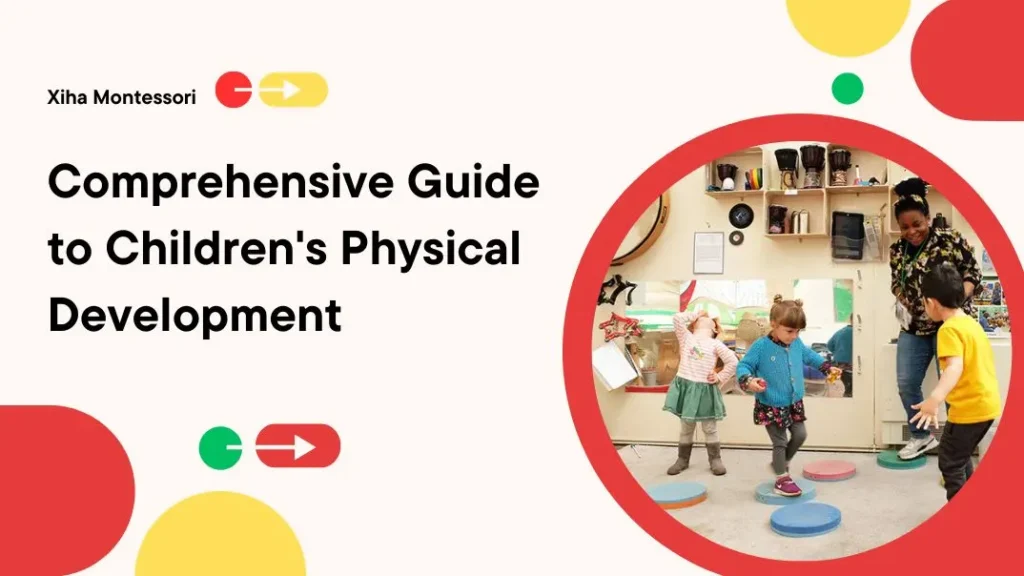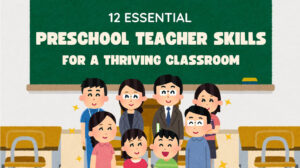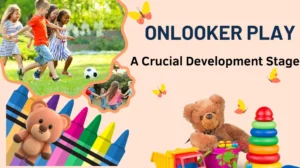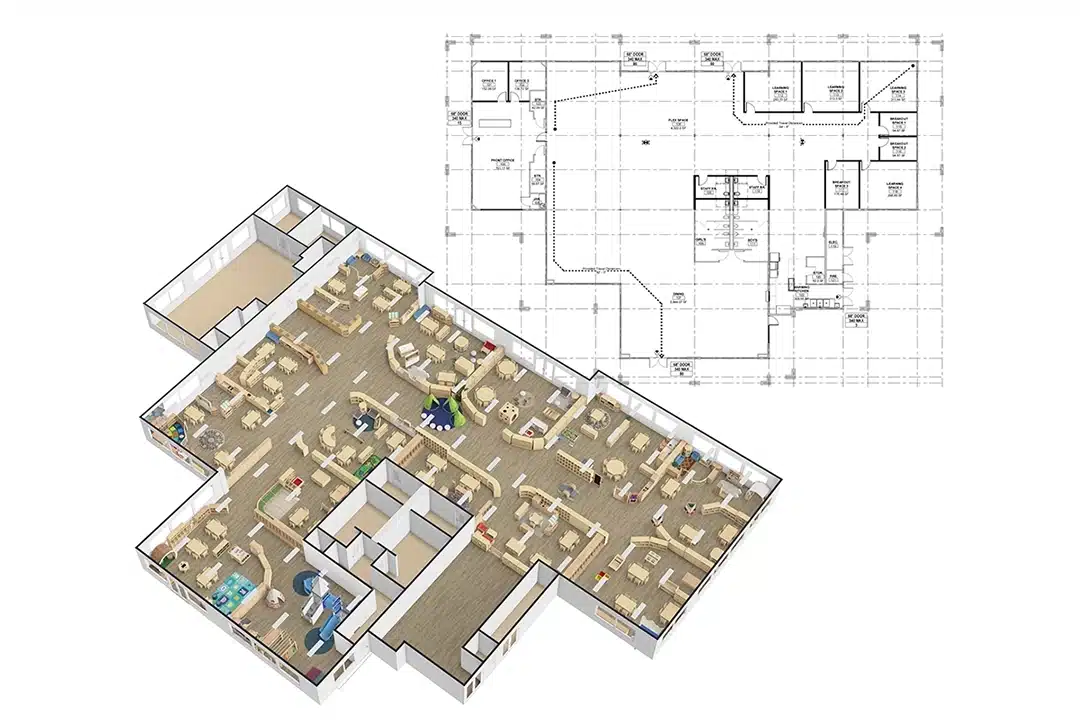Have you ever wondered how a child’s body grows and changes over time? What differentiates between a baby learning to roll over and a toddler taking their first steps? How can you help a child grow strong and healthy? Children’s physical development is a fascinating journey, and it is full of growth milestones over the first few years of life.
Physical development refers to physical changes in a child’s body and motor skills from infancy through early childhood. It is influenced by both genetic and environmental factors, including nutrition, physical activity, and caregiving practices. We can offer the right activities and environments to nurture a child’s potential by paying attention to physical development stages.
As parents, caregivers, or educators, we need to recognize and support these changes. From the moment they are born, children experience a series of physical milestones that help them interact with their world. Understanding these milestones can guide us in fostering the optimal development of their motor skills, coordination, and overall health.
What is Physical Development?
Physical development refers to the changes in body size, shape, and functioning over time. This includes the development of muscles, bones, and motor skills, as well as physical coordination. Children’s physical growth occurs at different rates during various stages of development, and it’s influenced by factors such as genetics, environment, nutrition, and physical activity. While this article primarily focuses on motor skills and physical growth, it’s important to note that these changes are also closely connected with cognitive, emotional, and social development.

Why is Physical Development Important?
Physical development is far more than just growing taller or gaining weight. It’s foundational to a child’s well-being, impacting their emotional, social, and cognitive growth. Children who meet their physical development milestones tend to have better mental and physical health. Here are some key reasons why physical development is so crucial:
Encourage Independence
Children’s physical milestones, like walking and self-feeding, promote their independence. When a child learns to walk, they gain a sense of autonomy, which boosts their confidence and ability to do things independently.
Social-Emotional Development
Physical milestones also enhance social-emotional development. Activities like playing with others, participating in group games, and participating in sports help children learn about cooperation, teamwork, and managing emotions, such as frustration or excitement.
Improve Physical and Mental Health
When children develop healthy motor skills and stay physically active, they build their strength and endurance and improve their mental health. Physical activity releases endorphins that boost mood, reduce stress, and improve sleep patterns.
Cognitive Development
There is a direct link between physical development and cognitive function. Motor skills enhance brain function, improving concentration, problem-solving, and memory. A child’s ability to manipulate objects, walk, or engage in active play helps them improve their thinking and reasoning skills.
Examples of Physical Development Milestones
Children’s physical development follows a series of key milestones. These milestones help parents, caregivers, and educators track a child’s motor skills progress and identify areas where additional support may be needed. Here’s a look at the physical milestones for each age group.

Infants – Birth to 1 Year
- Lifting Head: By 2-3 months, babies develop enough neck strength to lift their heads while lying on their tummy.
- Rolling Over: Around 4-6 months, most babies begin rolling over from their back to their tummy and vice versa.
- Sitting Up: At 6-8 months, infants can sit up unsupported for short periods.
- Crawling: By 8-10 months, babies start crawling, strengthening their muscles and improving coordination.
- Standing and Walking: By 12 months, most babies begin standing and even take their first steps.
Toddlers – 1 to 3 Years
- Walking Independently: At around 12 months, toddlers start walking, initially with unsteady steps.
- Running: By 2 years, many toddlers begin to run, though they may still be prone to falls.
- Climbing: Between 18-24 months, toddlers enjoy climbing small obstacles like furniture or stairs.
- Kicking a Ball: By age 2-3 years, toddlers can kick a ball with more precision and coordination.
- Jumping: At 3 years, toddlers typically begin jumping with both feet off the ground.
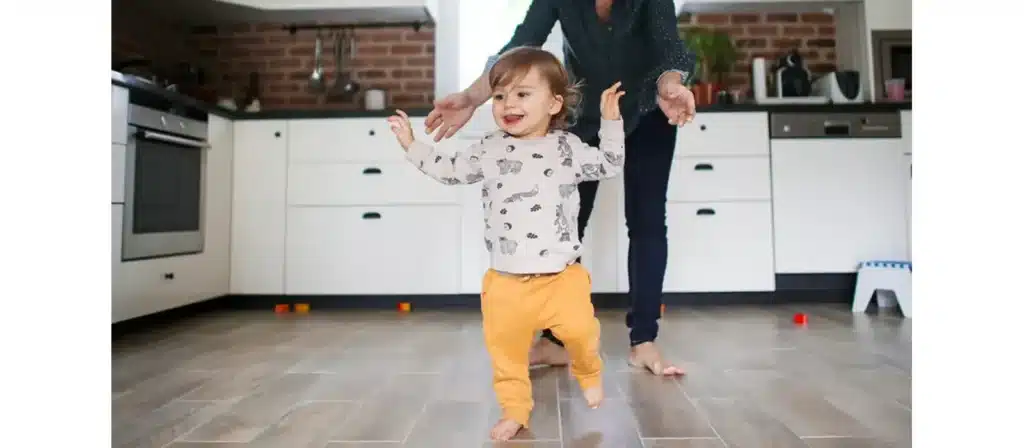
Preschoolers – 3 to 6 Years
- Hopping on One Foot: By age 4, children can hop on one foot and improve balance.
- Throwing and Catching: Preschoolers start throwing and catching larger balls around 4-5 years old.
- Balance and Coordination: At age 5, children can walk along a line and balance on one foot.
- Running and Skipping: By age 6, most preschoolers develop skills in running, skipping, and coordinating their movements.
School-Age Children – 6 to 12 Years
- Mastering Sports Skills: At this age, children begin refining their skills in sports like soccer, basketball, and swimming.
- Improved Stamina: By age 7, children can sustain physical activity for longer periods.
- Developing Hand-Eye Coordination: School-age children begin to refine hand-eye coordination, which helps in activities like writing, drawing, and playing games.
- Increased Strength: At age 9-10, children start to show noticeable improvements in strength, which aids in more complex physical activities.
Teens – 12 to 18 Years
- Puberty and Growth Spurts: During puberty, children experience rapid growth, and there’s a significant change in body shape, including increased muscle mass in boys and broader hips in girls.
- Advanced Sports Performance: Teenagers begin to excel in sports and physical activities that require speed, strength, and endurance.
- Improved Coordination and Agility: Teens become more coordinated and agile, allowing them to perform complex movements like dancing or playing sports more efficiently.
Factors Affecting Children’s Physical Development
Various factors influence the pace and nature of children’s physical development. These elements influence when a child reaches specific milestones and how well they develop their motor skills.

Genetics
Genetics determines the rate at which a child grows, influencing factors like height, weight, and muscle development. While we cannot change genetics, recognizing its role allows parents to set realistic expectations for growth.
Nutrition
Proper nutrition is essential to physical development. A diet rich in vitamins, minerals, and protein ensures that children’s bones, muscles, and organs develop properly. Malnutrition can delay growth and impair cognitive and motor skill development.
Physical Activity
Active children are more likely to develop stronger muscles and bones. Encouraging regular physical activity, such as walking, running, or playing sports, is vital to promoting healthy growth and motor skill development.
Sleep
Sleep plays a crucial role in physical development. During sleep, the body releases growth hormones that support tissue growth and repair. Ensuring your child gets enough quality sleep is essential for their physical health.
Emotional and Social Environment
A supportive emotional and social environment helps children grow healthier. Positive interactions with family and peers encourage emotional development, crucial for overall physical growth.

How to Support Physical Development in Young Children?
Supporting physical development in children isn’t just about waiting for milestones to occur naturally. With the right activities and encouragement, you can help foster healthy growth at each stage of your child’s development. Let’s look at age-appropriate activities for each stage of development.
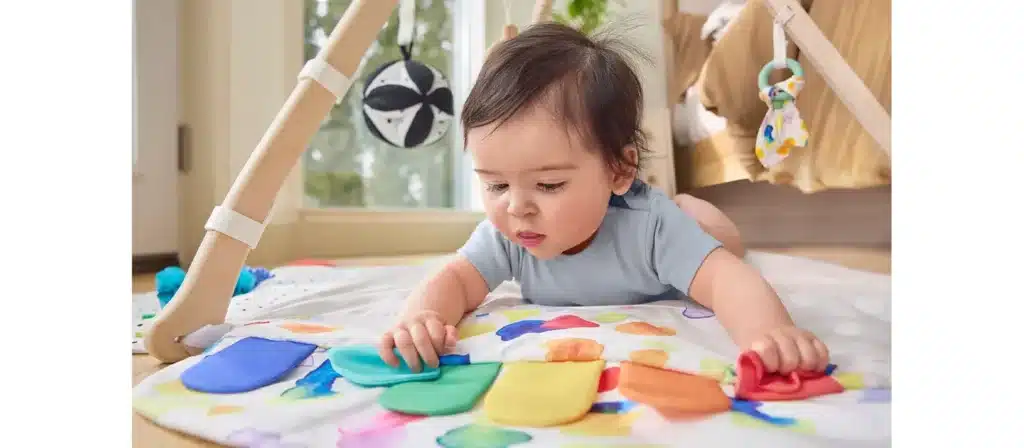
Activities to Support Physical Development in Infants (Birth to 1 Year Old)
- Tummy Time: Encouraging tummy time helps babies build neck and shoulder muscles. This is crucial for developing head control and preventing flat spots on the back of their heads.
- Reaching and Grasping Toys: Placing colorful toys out of reach encourages babies to stretch and grab, developing arm and hand coordination.
- Rolling Over: Gently helping infants practice rolling over helps strengthen core muscles and prepares them for crawling.
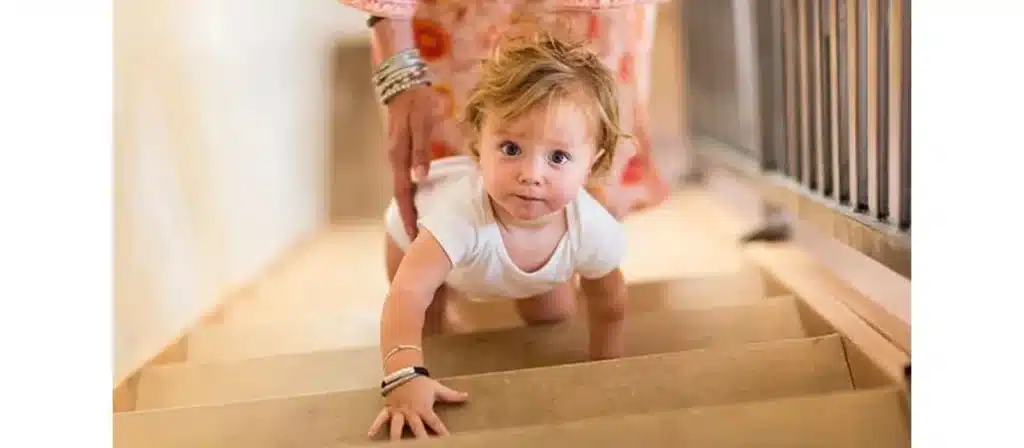
Activities to Support Physical Development in Toddlers (1-3 Years Old)
- Walking and Running: Providing a safe space for toddlers to walk and run helps develop their balance, coordination, and strength.
- Climbing Play: Encourage climbing on soft play equipment or safe furniture to strengthen muscles and improve gross motor skills.
- Throwing and Kicking: Use soft balls or toys to help toddlers practice throwing and kicking, improving coordination and muscle control.
- Fine Motor Play: Simple activities like stacking blocks or scribbling with crayons support fine motor skill development.
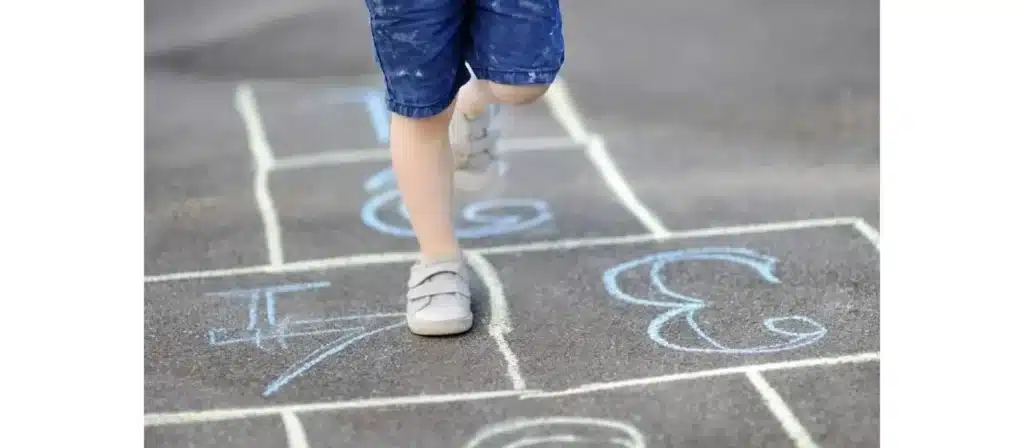
Activities to Support Physical Development in Preschoolers (3-6 Years Old)
- Jumping and Hopping Games: Encourage preschoolers to jump over small obstacles, hop on one foot, or hopscotch, promoting balance and coordination.
- Ball Play: Playing catch, kicking, or bouncing on the floor helps develop hand-eye coordination.
- Dancing and Movement: Turn on music and let your child dance and move around. This helps them with body awareness and motor control.
- Building and Crafting: Activities like building with blocks or crafting with clay help fine-tune hand-eye coordination and strengthen hand muscles.
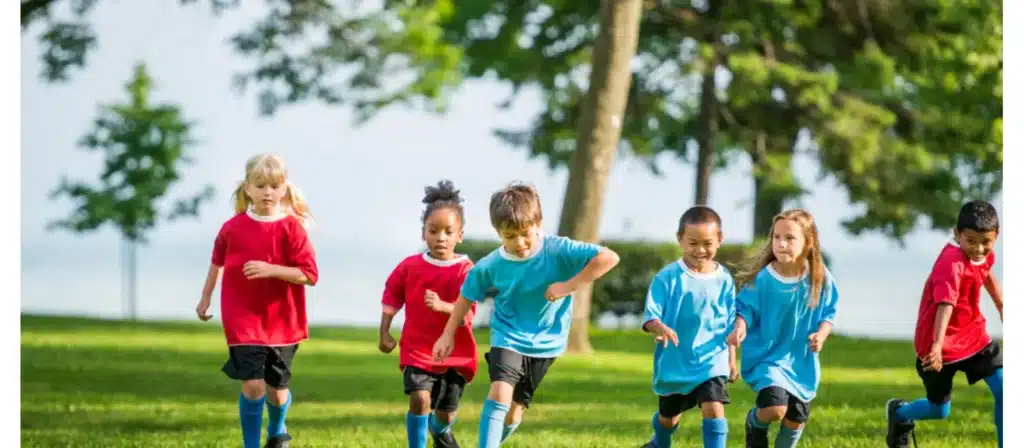
Activities to Support Physical Development in School-age Children (6-12 Years Old)
- Team Sports: Introducing school-age children to organized sports like soccer, basketball, or swimming helps develop motor and social skills.
- Running and Biking: Encourage outdoor activities such as running or biking, which improve cardiovascular health and stamina.
- Art and Crafts: Encourage activities like drawing, painting, or cutting, which enhance fine motor skills and creativity.
- Strengthening Exercises: Simple jumping jacks, push-ups, or squats can help build muscle strength and flexibility.
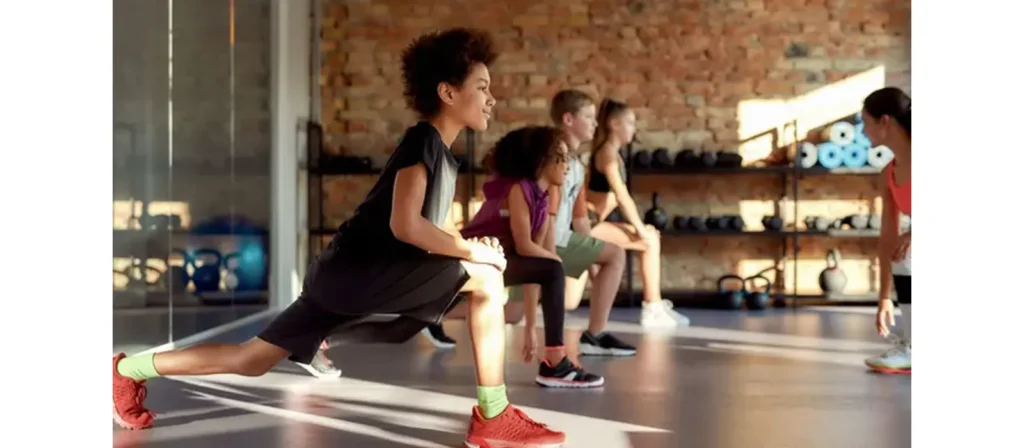
Activities to Support Physical Development in Adolescents (12-18 Years Old)
- Intensive Sports Training: Teenagers can engage in more specialized sports training or fitness activities that match their interests, whether basketball, tennis, or weight training.
- Yoga or Pilates: Practices like yoga help improve balance, flexibility, and mental focus, which are important for physical health.
- Outdoor Adventure: Activities like hiking, kayaking, or rock climbing provide teens with strength and endurance training opportunities while offering fun challenges.
- Fine Motor Development: Encourage older teens to continue playing musical instruments, writing, or crafting, which helps fine-tune hand-eye coordination and creativity.
Typical Development of Physical Motor Skills
Motor skills are classified into two categories: gross motor and fine motor skills. Both are critical to a child’s physical development and should be supported with activities and play.
Gross Motor Skills
Gross motor skills involve the larger muscle groups and control movements like walking, running, and jumping. These skills help children move through their environment and interact physically. Development typically starts with head control and progresses to rolling, sitting, crawling, and walking.
Fine Motor Skills
Fine motor skills involve smaller muscle movements, particularly in the hands and fingers. Skills like grasping, picking up small objects, drawing, and manipulating tools or utensils develop over time. These skills are essential for independence in activities such as eating and dressing.

Signs of Impaired Physical Development
While physical development generally follows a predictable pattern, there are signs to watch for that may indicate developmental delays or issues. These can include:
- Delayed Milestones
If a child consistently falls behind in reaching typical physical milestones (e.g., walking by 18 months, sitting up by 6-7 months), it may indicate a developmental issue. - Lack of Coordination
Poor coordination and balance, especially compared to peers, can signal developmental problems. This might include frequent falls, trouble running, or difficulty with hand-eye coordination tasks. - Abnormal Muscle Tone
Extremely low or high muscle tone could be signs of neurological or muscular disorders. Hypotonia (low muscle tone) or hypertonia (high muscle tone) can affect a child’s ability to engage in typical physical activities. - Delayed or Impaired Speech
Speech delays sometimes correlate with motor delays, as cognitive and physical skills are interconnected. For instance, problems with fine motor skills can affect the ability to speak clearly, as the muscles required for speech are underdeveloped. - Inability to Participate in Normal Activities
Suppose a child cannot engage in typical physical activities for their age, such as running, jumping, or playing with peers. In that case, this may point to an underlying issue with physical development.
Conclusion
Children’s physical development is an essential aspect of their overall well-being. From infancy’s early stages to adolescence’s complexities, supporting physical development requires understanding, patience, and care. By encouraging healthy habits, promoting active play, and providing proper nutrition, parents and caregivers can ensure children have the tools they need for a lifetime of healthy physical development.
FAQs on Children’s Physical Development
- What are the key milestones in children’s physical development?
Children’s physical development involves key milestones such as rolling over, crawling, walking, and running. These milestones vary by age, with motor skills evolving from basic reflexes to complex movements like running, jumping, and coordination in school-age children. - How can I support my child’s physical development?
Encourage outdoor play and physical activities like sports, and provide a balanced diet rich in nutrients. Limiting screen time and ensuring sufficient sleep are essential for healthy physical growth. - What should I do if my child is not meeting physical milestones?
If you’re concerned about your child’s physical development, it’s important to consult with a pediatrician or a physical therapist to rule out any underlying issues. - Does gender affect physical development in children?
Yes, boys and girls typically experience physical development at different rates. Boys may develop muscle mass and strength later, while girls often begin puberty earlier. These differences should be considered when evaluating growth. - How much physical activity does my child need?
Children should engage in at least one hour of physical activity per day. This can include anything from running and playing to organized sports or outdoor play. - At what age should a child start walking?
Most children start walking between 12 and 18 months. However, each child develops independently, and some may take longer. - What are some signs that a child is developing physically at a healthy rate?
Signs of healthy physical development include meeting milestones like sitting, walking, or running at appropriate ages and maintaining a steady growth rate that matches their genetic potential. - How important is nutrition in physical development?
Nutrition is extremely important for physical development. The right balance of vitamins, minerals, proteins, and fats supports muscle growth, bone health, and overall well-being.

